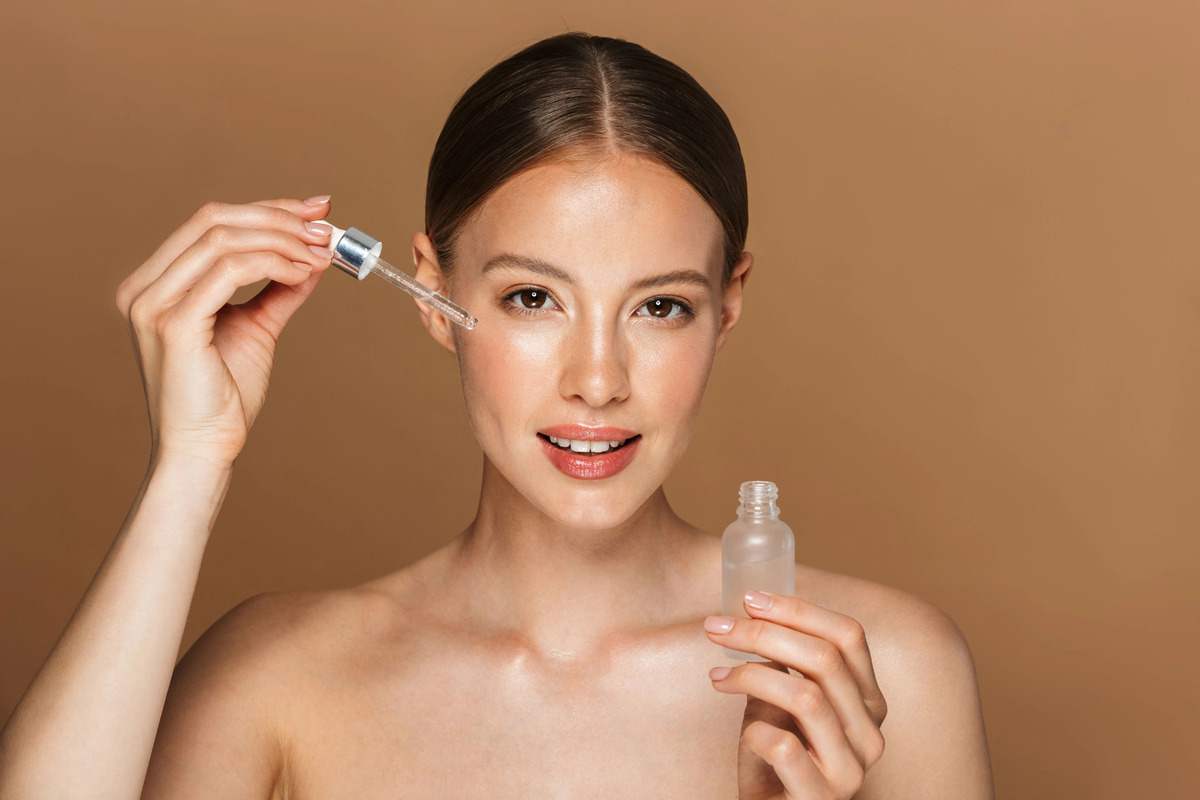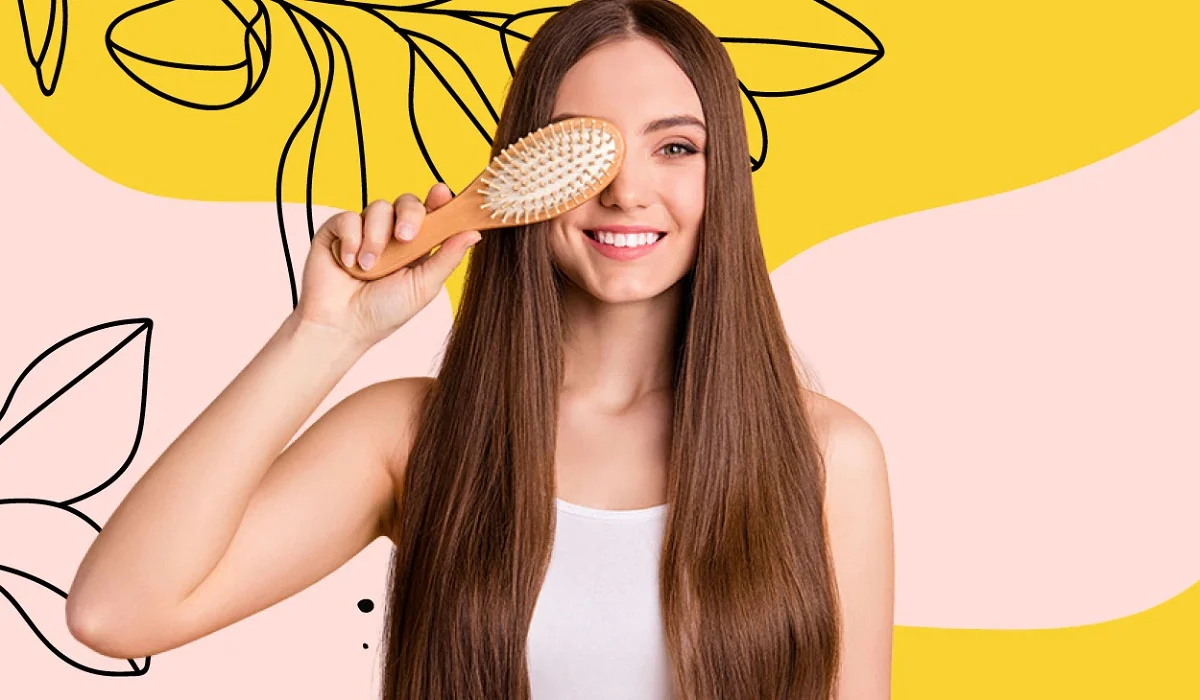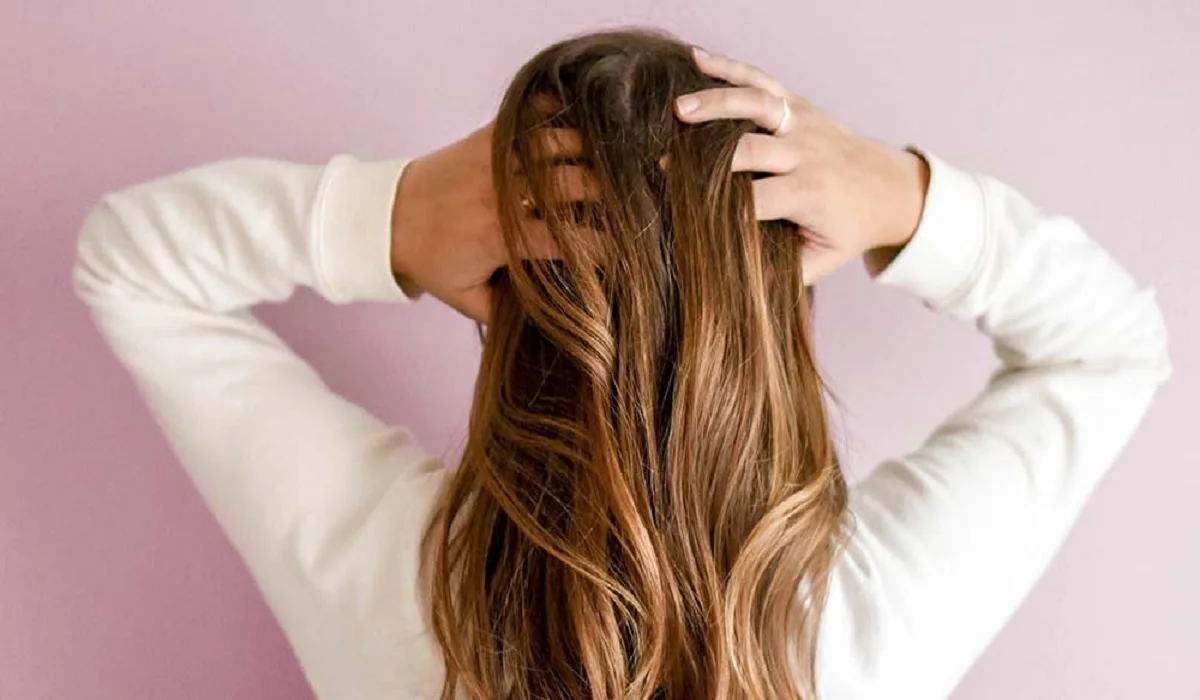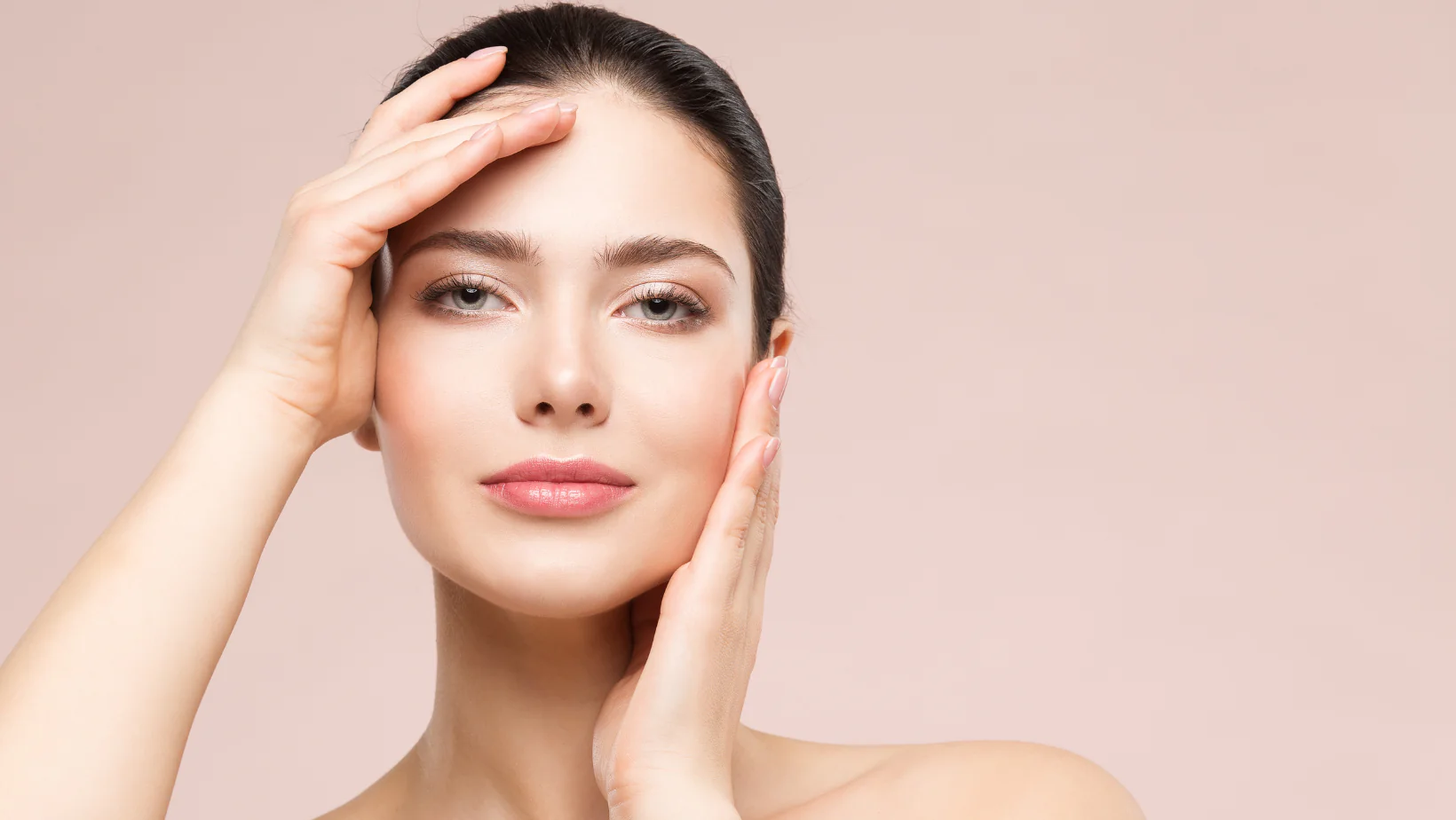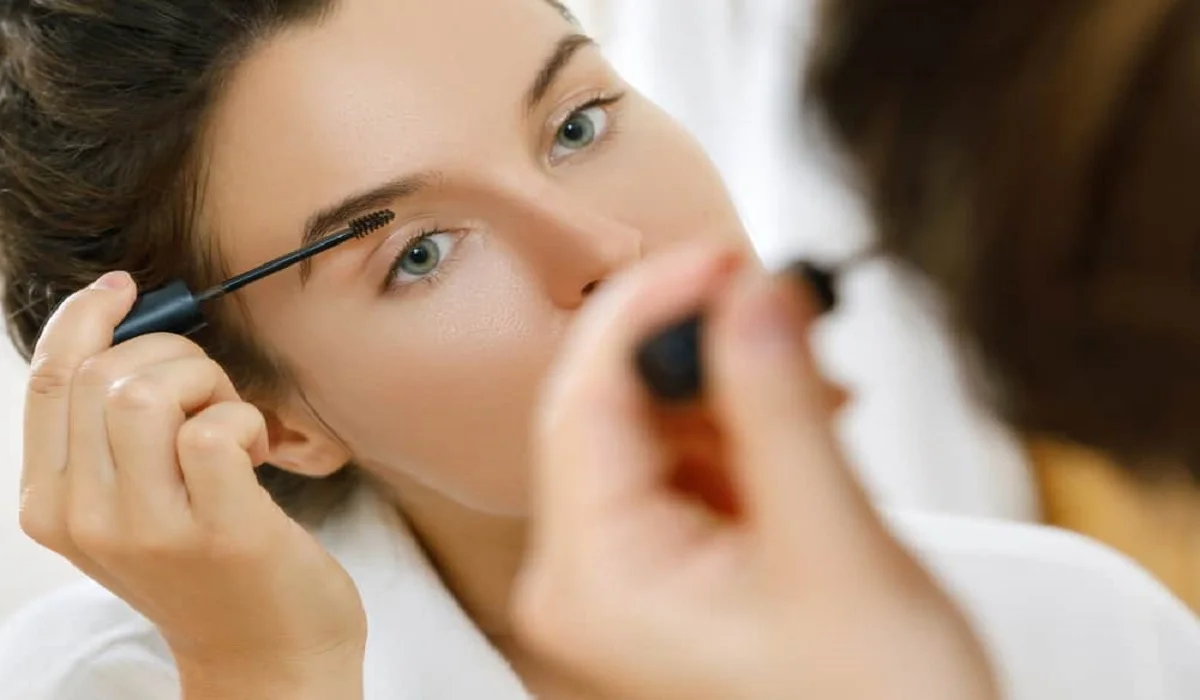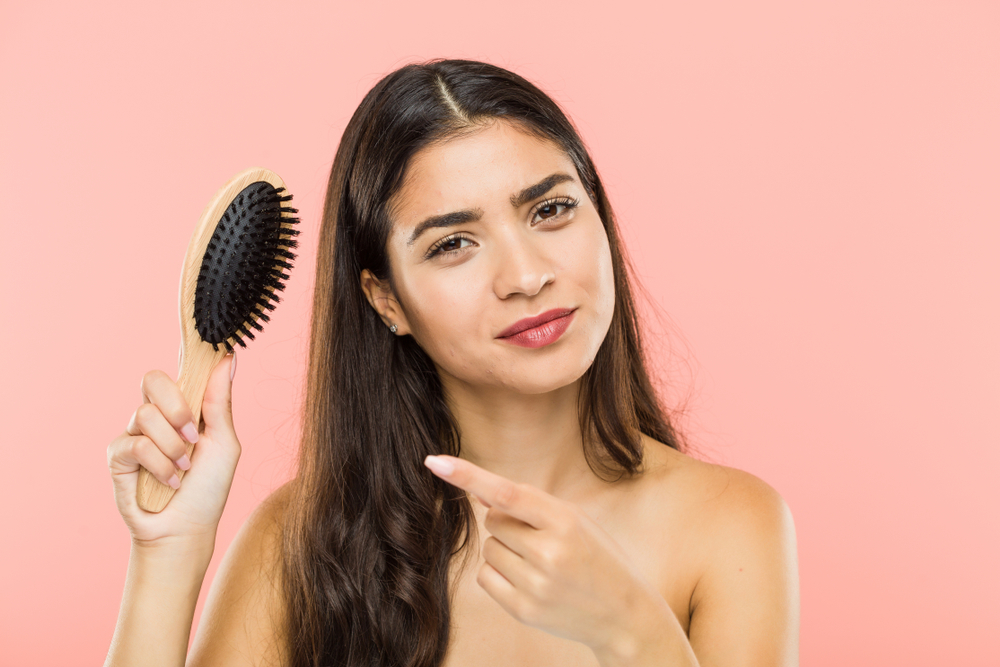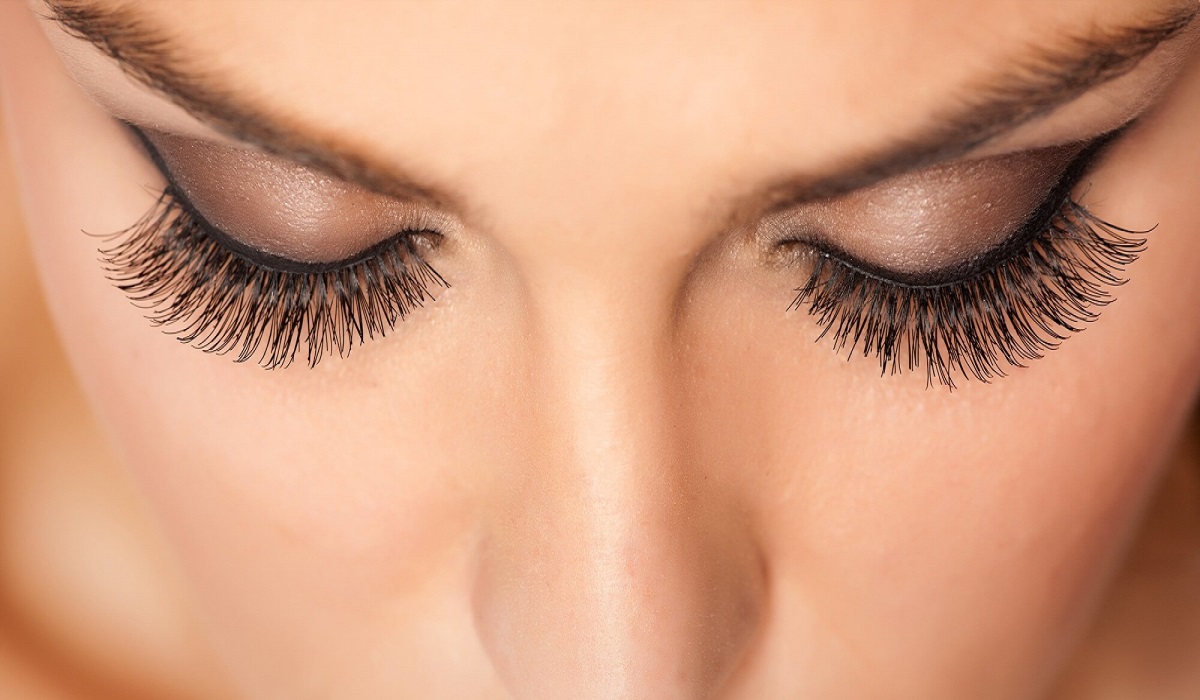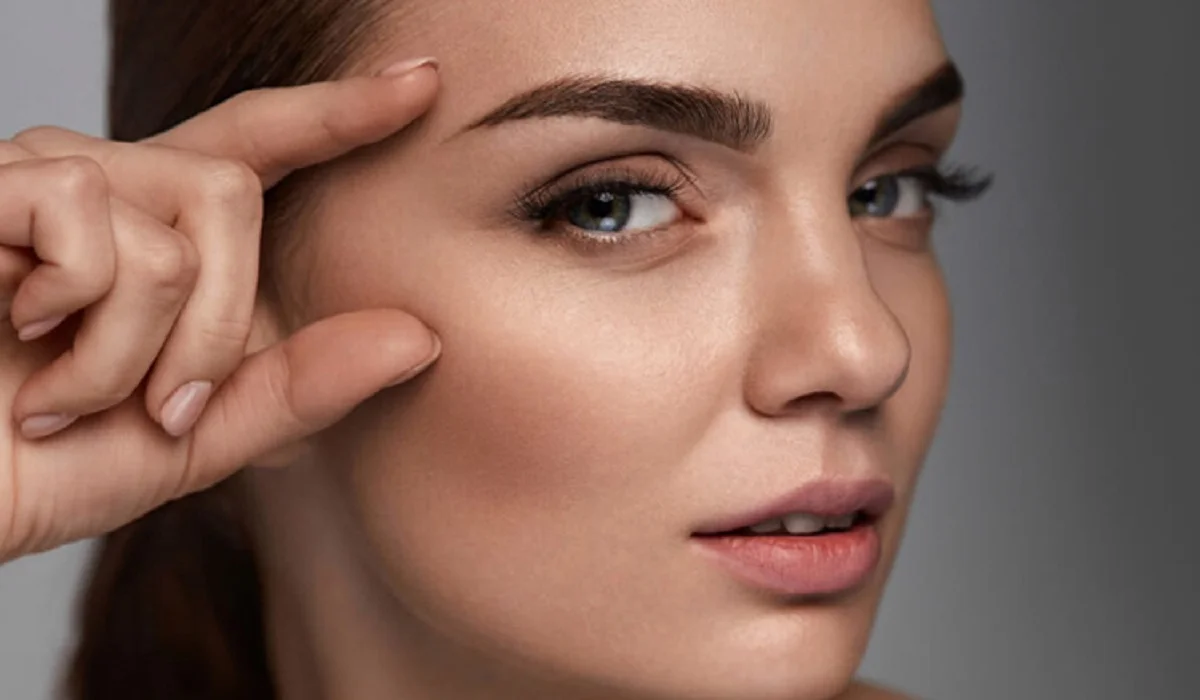
When it comes to choosing the right shampoo for your hair, one of the main considerations is whether to opt for a sulfate shampoo or a sulfate-free shampoo. Sulfates are surfactants commonly found in many shampoos, known for their ability to create a rich lather and remove dirt and oil from the hair. However, there has been a growing trend towards sulfate-free shampoos, claiming that they are gentler and more beneficial for hair health. In this article, we will delve into the differences between sulfate and sulfate-free shampoos, explore their pros and cons, and help you make an informed decision about which option is better for your hair.
Understanding Sulfates:
Sulfates, such as sodium lauryl sulfate (SLS) and sodium laureth sulfate (SLES), are surfactants commonly used in shampoos due to their strong cleansing properties. They are effective at removing dirt, oil, and product buildup from the hair and scalp. However, sulfates can also strip away natural oils, which can lead to dryness, frizz, and color fading, especially for those with dry or chemically treated hair.
The Benefits of Sulfate Shampoos:
Sulfate shampoos have been the go-to choice for many people due to their ability to create a rich lather and provide a thorough cleansing experience. They can effectively remove excess oil and buildup, leaving the hair feeling clean and refreshed. Additionally, sulfate shampoos are often more affordable and readily available compared to sulfate-free alternatives.
The Drawbacks of Sulfate Shampoos:
While sulfate shampoos can effectively cleanse the hair, they are not without drawbacks. The stripping nature of sulfates can lead to dryness, irritation, and scalp sensitivity, particularly for individuals with dry or sensitive skin. Sulfates can also strip away the natural oils that help keep the hair moisturized and protected. Additionally, for those with color-treated hair, sulfates can cause premature fading, leading to dull and lackluster color.
The Rise of Sulfate-Free Shampoos:
Sulfate-free shampoos have gained popularity in recent years, largely due to claims of being gentler and more beneficial for hair health. These shampoos are formulated without sulfates, relying on alternative surfactants or cleansing agents to provide a milder cleansing experience. Many sulfate-free shampoos utilize natural ingredients and botanical extracts to cleanse the hair while maintaining its moisture balance.
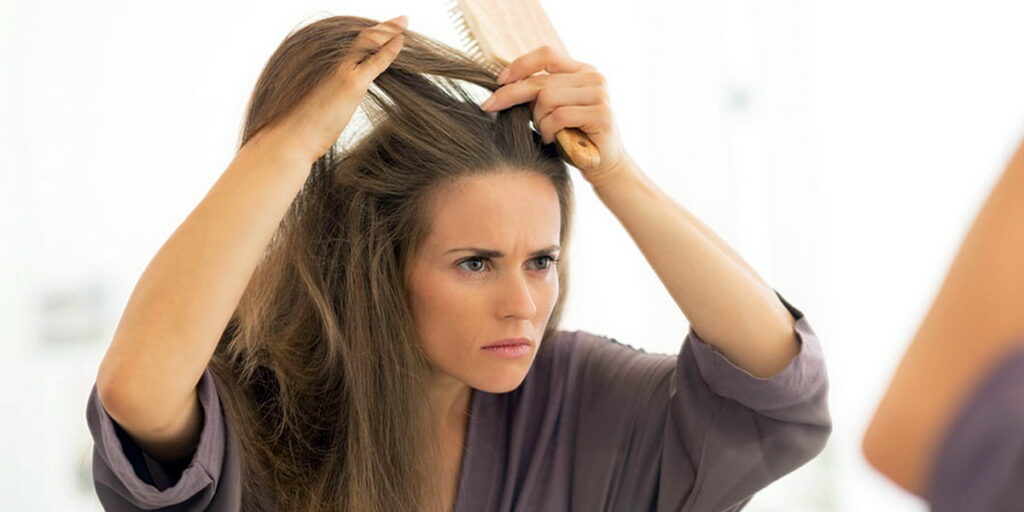
The Benefits of Sulfate-Free Shampoos:
Sulfate-free shampoos offer several potential benefits for hair health. Firstly, they are considered gentler on the scalp and hair, making them suitable for individuals with sensitive or dry skin. By avoiding sulfates, these shampoos help retain the natural oils that keep the hair moisturized, resulting in softer, smoother, and more manageable hair. Sulfate-free shampoos are also often recommended for those with color-treated or chemically processed hair, as they help preserve the vibrancy and longevity of the color.
The Misconceptions about Sulfate-Free Shampoos:
There are a few misconceptions surrounding sulfate-free shampoos that need to be addressed. Some believe that sulfate-free shampoos do not lather as well as sulfate shampoos. While it is true that sulfate-free shampoos may not produce as much foam, it does not necessarily mean they are less effective at cleansing the hair. The absence of sulfates does not compromise the shampoo’s ability to remove dirt and oil.
Shampoo for You:
When it comes to choosing between sulfate and sulfate-free shampoos, there is no one-size-fits-all answer. The best option for you depends on your specific hair type, concerns, and personal preferences. Here are some factors to consider:
Hair Type: Sulfate shampoos may work well for individuals with normal to oily hair, as they provide a thorough cleanse and effectively remove excess oil and buildup. However, if you have dry or chemically treated hair, a sulfate-free shampoo may be a better choice to maintain moisture and prevent further drying.
Scalp Sensitivity: If you have a sensitive scalp or experience irritation, redness, or dryness after using sulfate shampoos, switching to a sulfate-free option may help alleviate these concerns. Sulfate-free shampoos are generally considered milder and less likely to cause scalp irritation.
Color-Treated Hair: For those with color-treated or chemically processed hair, sulfate-free shampoos are often recommended. Sulfates can strip away the color molecules from the hair, leading to premature fading and dullness. Sulfate-free shampoos help preserve the vibrancy and longevity of your hair color.
Dryness and Frizz: If you struggle with dryness, frizz, or lack of moisture in your hair, a sulfate-free shampoo may be beneficial. These shampoos are formulated to be more gentle and moisturizing, helping to retain the natural oils and hydration in your hair.
Environmentally Conscious: If you are environmentally conscious and concerned about the impact of certain ingredients on the planet, sulfate-free shampoos may be a preferable choice. Some sulfates can be harsh on aquatic life and ecosystems when they enter the water supply through drainage.
Experiment and Listen to Your Hair: Ultimately, the best way to determine which shampoo works for you is through experimentation. Try both sulfate and sulfate-free options and pay attention to how your hair and scalp respond. Listen to your hair’s needs and make adjustments accordingly.
The choice between sulfate and sulfate-free shampoos is a personal one, and both options have their merits. Sulfate shampoos offer effective cleansing and lathering properties but may be too harsh for certain hair types, especially those with dry or sensitive scalps. Sulfate-free shampoos provide a gentler cleansing experience, help retain moisture, and are generally more suitable for individuals with specific hair concerns such as color-treated or dry hair. Ultimately, finding the right shampoo for your hair is about understanding your hair’s unique needs and preferences. Experimentation and paying attention to how your hair responds will guide you toward the shampoo that works best for you, ensuring healthy, beautiful hair.

